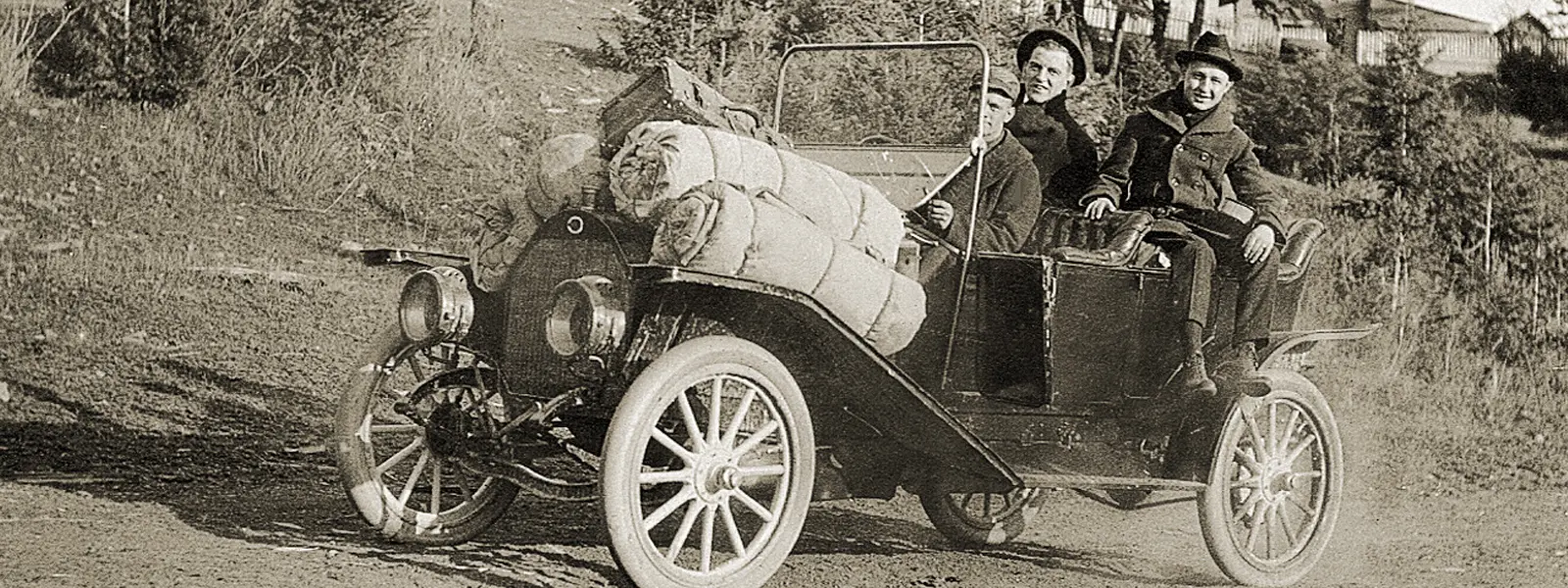Populate Your Redesign Team with the Right People
Having a strong team in place can make the difference in achieving a successful organization redesign. These tips can help you determine what characteristics to look for in redesign team members.
Having a strong team in place can make the difference in achieving a successful organization redesign. These tips can help you determine what characteristics to look for in redesign team members.
Learn how automotive innovator Henry Ford followed organization design principles to build an automobile company that dominated its era and helped shape modern business practices.
Groupthink can have a detrimental effects on the decision making process. Learn how leaders can help their teams challenge assumptions and conventional thinking to reach better business outcomes.
A successful organization design begins with clear objectives and outcomes. Defining where you want to go up front helps you better define how you will reach your end goal.
Leaders can be overwhelmed by the number of decisions they must make to move forward. Agreeing on common organization design principles in advance can streamline the process for making critical decisions in the future.
A purpose-driven organization can provide unique competitive advantages that benefit employees and customers alike. Learn how you can take advantage of the intrinsic value this kind of organization offers by aligning purpose with profits.
Developing a carefully thought out plan of action before embarking on an organization design will help ensure success and avoid a drawn-out process.
Using design thinking techniques such as interviews, persona profiles, empathy exercises and storytelling will allow teams to design an organization that meets their customers’ needs.
Interacting with customers in a virtual environment has become the new normal. Businesses can thrive by using organization design tools and principles to redesign their customer transactions for a virtual world.
Building an organization design team? Evaluate candidates’ “learning agility” – their ability to master new skills and find new solutions.









